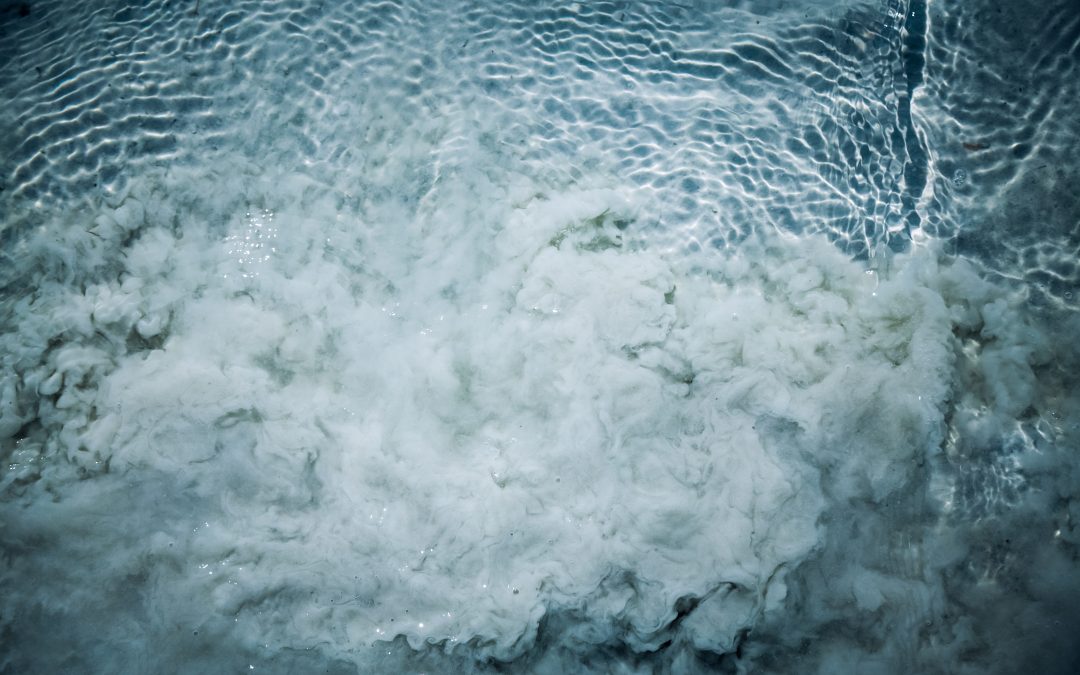It’s been a bit of a rough summer. Money’s been tight (again), kids have been home to step all over my nerves (though they’re delightful and I love having them here—most of the time), anxiety’s been…well. Anxiety’s been anxiety.
The other day I was examining my 5-year-old’s head, because I’d noticed some flakes in his hair, which generally indicates either gastronomical distress or mental distress. While examining the dry patches, I noticed a spot that looked like a mole but was much darker than the other moles on his body—a spot that didn’t used to be there.
I should preface this by saying that I know way more about moles than the common person probably should. This is because I’m a mole-y person, and just after my second son was born (and, consequentially, after I saw an episode of Grey’s Anatomy where Katherine had a cancerous mole on her back), I went through a postpartum paranoia about all the moles on my body. This was exacerbated by a dermatologist who seemed to sense my fear and used it to drain us of a lot of insurance and out-of-pocket money. He removed eight moles on two visits—only one of which needed further treatment.
So when I saw this spot on my son’s head, I immediately freaked out. I had a full-blown panic attack in the hallway of my church, because I couldn’t keep my anxious thoughts in check. My throat closed up, my knees buckled a little, and my heart started pounding like I was in mortal danger.
This is what living with anxiety is like.
I took him and his brothers to the church nursery and immediately searched his twin brother’s head. So the nursery workers didn’t think I was looking for lice, I told them I’d found a weird spot on his twin brother and I just wanted to make sure the he didn’t have a spot, too. We got into a discussion about anxiety. One of the workers has a teenage daughter who has frequent anxiety attacks, but she herself has never had one.
And this got me wondering what it was like to live without anxiety.
My husband, Ben, is the kind of person who can notice something, file it away in the back of his mind, and carry on in his normal, unaffected way. Contrast that with me: I will notice something—a checking account that isn’t as full as it needs to be, someone looked at me the wrong way, a spot on my son’s scalp—and it will result in a sleepless night.
What would it be like to live without anxiety?
When we got home, I told Ben I wished I could be more like him. And he said, “But I like you as you are, anxiety and all.”
And it’s true. He does.
So much of the time, when we notice these “unacceptable” things about ourselves—our propensity toward pessimism or drama or anxiety or depression or manic behavior—we think it means we are less than human, less than normal, less than lovable. But we’re not. These things don’t define who we are; they’re just neuroses. We are not defined by our neuroses.
So what if the deep waters of anxiety pull me down every now and then? I am not defined by it. And, more importantly, I always get back up.
Rather than hide our quirks, we should uncover them. We never know who’s watching or listening or withering in their own way. Who knows whose life we might save by being ourselves—anxiety and all.
P.S. The doctor reports that the spot on our son’s head is just a normal skin spot. We’ll keep an eye on it, see if it changes, deal with it in time.


